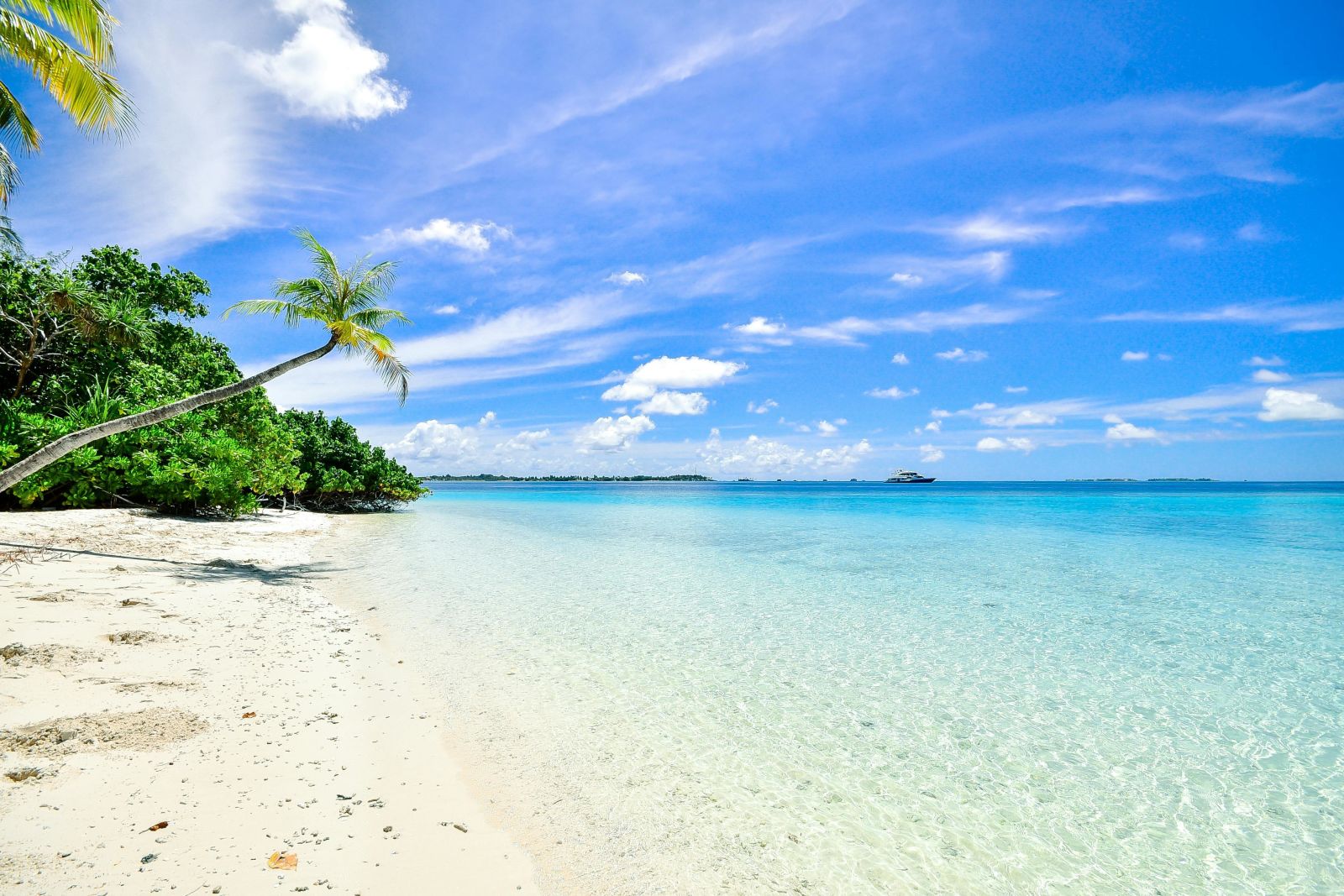FAQ: Planning a Trip to Alaska ❄️🗺️
Do I need a passport for Alaska?
U.S. citizens do not need a passport for Alaska. Bring a REAL ID–compliant driver’s license for domestic flights.
When is the best time to visit?
June through early September for mild weather, open roads, and wildlife. January through March for Northern Lights and winter sports.
When can I see the Northern Lights?
September to March, on clear, dark nights away from city lights. Fairbanks and the Interior have the highest odds.
What is the weather really like?
Highly variable. Coastal areas are cool and damp. The Interior swings from hot summer days to very cold winters. Pack layers year-round.
What should I pack?
Layered clothing, waterproof jacket and shoes, warm hat and gloves, bug spray in summer, traction or warm boots in winter, and a good daypack.
How do I get around?
Fly into Anchorage or Fairbanks. Rent a car or RV for flexibility. Some towns and parks are only reachable by ferry or small plane.
Is driving difficult?
Highways are straightforward but distances are long. Watch for wildlife, road work, and changing conditions. Keep the tank topped up outside cities.
Can I see wildlife safely?
Yes, with distance and caution. Never feed animals. Carry bear spray on trails, make noise while hiking, and store food properly.
Are major parks open in winter?
Many services are limited. Denali’s road is partly open to vehicles depending on snow. Tour options are best May through September.
How expensive is Alaska?
Lodging and tours cost more in high season. Save by visiting in shoulder months, booking early, cooking some meals, and choosing a few key tours.
Do I need to book tours in advance?
Yes for popular activities like glacier cruises, bear viewing, fjord tours, and guided hikes, especially in July and August.
Can I fish without a guide?
Yes. You need a nonresident license and must follow local regulations. Guided trips help with gear, safety, and finding the right runs.
Is Alaska family friendly?
Very. Plan shorter driving days, hands-on stops, and cabin or RV stays. Many attractions have junior ranger programs and easy trails.
Will my phone work?
In cities and along main highways, usually yes. Service drops in remote areas. Download maps and carry a paper backup.
Any etiquette or safety tips?
Leave no trace, respect Indigenous lands and cultures, keep distance from wildlife, and check weather and road advisories before you go.


